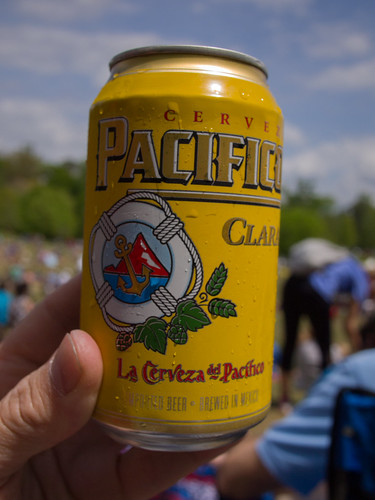The day I visited the Hourglass Brewing taproom in Longwood, Florida, there were 38 beers on tap. This 'Lithuanian Farmhouse' ale was one of them. Can there be too many?
According to the website, the beer is prepared by:
- Mashing (heating with water) malted barley, wheat, rye, and oats.
- Lautering (washing and straining) the wort (a sticky solution of malt sugar derived from the mash) through a bed of hay and hops.
- "Pasteurizing" the wort in the kettle —but not boiling it.
- Cooling and then fermenting it with yeast from a "famous Lithuanian brewery."
"Yeast from Švyturys or Utenos?," I asked the bartender. *
"I'm sorry?" he replied, puzzled.
"Those are two famous Lithuanian breweries," I remarked.
"Oh. I'm not sure," he answered.
"Who among the staff is Lithuanian," I wondered. "No one," he replied.
I took these photos on 17 June 2019. I didn't spy a farmhouse nearby.
-----more-----
















